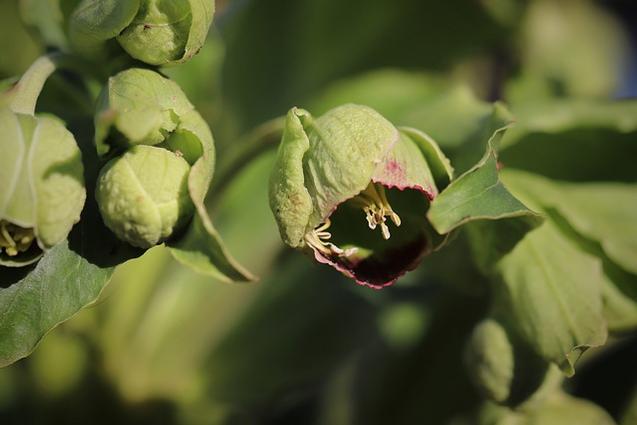Hellebores: Unsung Heroes of Spring

One of our very favorite perennials at Betty’s are the Hellebores. In addition to the beauty of their blooms, they have so much to offer. Every garden should have at least one, but preferably, many of these beauties.
Hellebores, also known as Lenten Roses, are considered perennials because they do not have woody stems and branches that stay above ground in winter. However, they are evergreen, with glossy foliage that provides much-needed greenery in the winter.
In late winter to early spring, blooms appear above the foliage, in shades of pink, white, red, purple, and even yellow. Blooms can have single rows of petals. or even doubles. Hellebores can be planted at any time, though the advantage of purchasing and installing in early spring is actually selecting the plants when they are in bloom. Hellebores have long blooming times, up to 2 months. Some varieties have flowers that gently fade from white to pink, or even pink to white. Some varieties have marbled or veined foliage, providing interest even when the plants are not in bloom.
Hellebores are fuss-free plants that thrive in partial shade, preferring gentle morning sun and shade in the hot afternoons. They are great companion plants for azaleas, andromeda, ferns, hostas, and coral bells. Spring bulbs like daffodils and tulips can also provide a lovely contrast. Hellebores with “single” blooms may tend to drop seeds which will germinate and create new plants the following year. These seedlings can easily be pulled out to control the number of plants in a bed, or they can be allowed to grow, increasing the number of plants you have. Hellebores with “double” blooms will not seed out in this way.
Plant your hellebores like you would any perennial. Dig the hole twice as wide as the root ball and about the same depth. Mix in a soil amendment such as Clay Cutter with the soil you have taken out of the hole. Put a little of the amended soil back in the hole. Place the plant in the hole, then fill in all around the root ball with the amended soil. Feed the plant with a slow-release granular food like Agriform or Osmocote. Water well when planting, then apply a hardwood bark mulch.
Hellebores are self-sufficient once established. They are deer-proof and have no pests or diseases that bother them. They are also very cold-hardy. When the flower buds appear in early spring, inspect the foliage. If the old foliage that went through the winter is browning, cut it off, leaving the flower buds and blooms. Very soon new leaf growth will appear, giving the plants a fresh, new look.
The beauty of hellebores, combined with their toughness and vigor, make them a welcome addition to any garden.
-
12507 Route 29, VA 22030